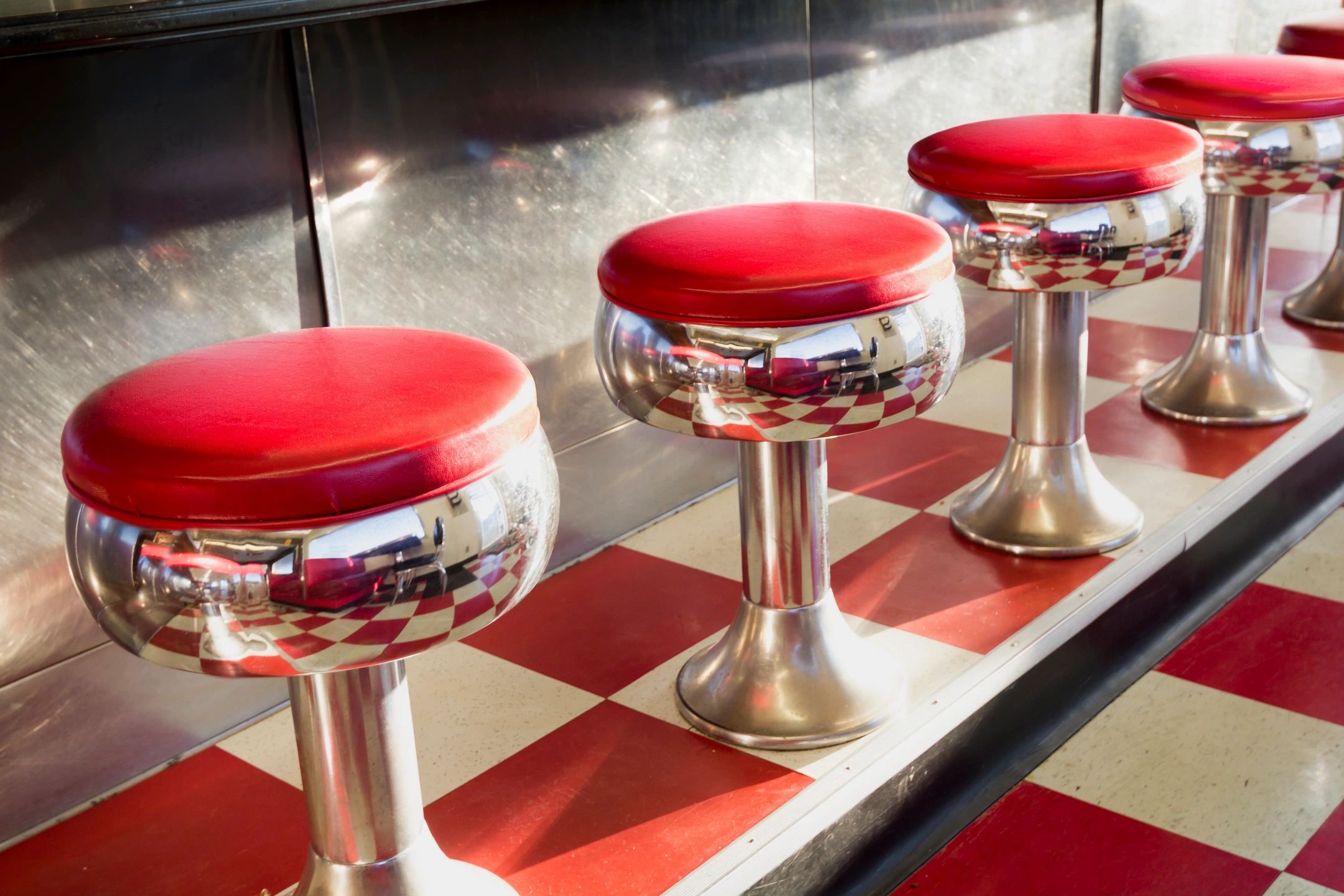Introduction
From deviled eggs to shrimp cocktail, retro recipes are making a serious comeback—but not exactly how you remember them. Across the dining scene, chefs and restaurateurs are bringing vintage dishes back to life, updating them with modern ingredients, bold flavors, and fresh presentations that appeal to today’s diners.
It’s more than nostalgia—it’s about blending comfort with creativity. And when paired with thoughtful digital menu presentation, these retro-inspired offerings create buzz, encourage social sharing, and connect generations of guests.
Let’s explore how the return of retro menus is shaking up the restaurant world—and how Graze helps bring them to life online.
Why Retro Recipes Are Trending Again
Food trends tend to come full circle, but the return of vintage recipes isn’t just about the food—it’s about emotions and memories.
1. Comfort in Familiarity
✔ During uncertain times, diners gravitate toward dishes that feel safe and nostalgic. Classics like pot roast or banana pudding tap into those comforting associations.
2. The Rise of Food Storytelling
✔ Retro dishes offer built-in stories and cultural context. Diners love learning the history behind what’s on their plate.
3. Social Media’s Love for Vintage Vibes
✔ The aesthetic appeal of vintage dishes—think punch bowls, fondue sets, and elegant plating—makes them perfect for Instagram, TikTok, and other platforms.
In short, retro menus resonate because they’re familiar yet fresh, timeless yet trendy.
Popular Retro Dishes Making a Comeback
Here are a few vintage favorites that are reappearing on modern menus, with exciting updates:
1. Deviled Eggs
✔ Classic, but now topped with crispy bacon, smoked paprika, truffle oil, or kimchi.
✔ Offered as small plates or part of a tasting flight.
2. Shrimp Cocktail
✔ Elevated with house-made sauces, poached shrimp, or global flavors (think harissa or wasabi).
3. Beef Wellington
✔ A plant-based twist using mushrooms, lentils, or even beetroot as the centerpiece.
4. Jell-O Molds & Aspics
✔ Reimagined as savory jelly bites with herbs, or dessert molds featuring modern ingredients like coconut milk or fresh berries.
5. Fondue & Punch Bowls
✔ Modern cheese blends or plant-based fondues.
✔ Craft cocktails served in retro punch bowls with seasonal twists.
The key isn’t just bringing these dishes back—it’s reinterpreting them for modern tastes.
Giving Classics a Modern Twist
1. Ingredients Matter
✔ Swap out heavy or processed components for local, organic, or sustainable options.
✔ Incorporate global flavors (spices, herbs, sauces) to broaden appeal.
2. Presentation is Everything
✔ Reimagine classics as small plates, shared bites, or deconstructed dishes.
✔ Use vintage-inspired but contemporary plating—think slate boards with gold cutlery.
3. Dietary Flexibility
✔ Make dishes gluten-free, plant-based, or allergen-friendly without losing the essence.
✔ Example: Replace cream in an old-fashioned pudding with dairy-free alternatives.
Why Retro Menus Work for Restaurants
These menus aren’t just fun—they’re strategic:
1. Built-In Themes
✔ Retro menus offer a natural theme for events, promotions, or limited-time specials.
✔ Host a 1950s-inspired dinner or an 80s brunch with curated playlists and decor.
2. Drive Engagement and Social Sharing
✔ Guests love photographing playful, nostalgic presentations.
✔ Retro-themed nights or menus generate buzz and repeat visits.
3. Boost Revenue with Seasonal Drops
✔ Run limited-time offerings (LTOs) to drive urgency and test popularity.
Retro = relevant when done right.
How to Digitally Present Retro Menus
Even if your dishes harken back to the past, your menu presentation should feel modern and accessible, especially online.
1. Use Vintage-Inspired Graphics and Fonts
✔ Add retro flair to digital menus through design elements like classic typography or themed headers.
2. Feature Limited-Time Offers Prominently
✔ Use bold callouts, banners, or featured sections to draw attention to retro specials.
3. Leverage Graze for Flexibility and Speed
With Graze, restaurants can:
✔ Quickly rotate seasonal or themed menus without needing full redesigns.
✔ Highlight signature retro dishes with photos and descriptions that pop.
✔ Keep the digital menu fresh and consistent across devices.
Even a nostalgic menu should be frictionless for modern diners—and Graze makes that easy.
Conclusion
Retro menus aren’t just about looking back—they’re about bringing the best of the past into the present with creativity and flair. By updating classic dishes with modern twists, you can:
✔ Tap into comfort and familiarity
✔ Engage social-savvy diners
✔ Offer memorable dining experiences
And when paired with clean, engaging digital menus (thanks to tools like Graze), these nostalgic dishes can become brand moments that drive traffic, buzz, and loyalty.
Because sometimes, the best way forward? Is just a little taste of the past.
Frequently Asked Questions (FAQ)
1. What’s a retro menu?
A retro menu features vintage-inspired dishes—like shrimp cocktail, deviled eggs, or fondue—often reimagined with modern ingredients and presentations.
2. Why are retro dishes popular again?
They tap into nostalgia and comfort, while offering fresh takes that feel relevant today. They’re also visually appealing, which boosts social media engagement.
3. How can I modernize a vintage recipe?
Update the ingredients (organic, local, sustainable), play with presentation styles, and introduce global flavors or diet-friendly swaps (like plant-based proteins).
4. How do I promote retro menus online?
Use bold callouts and vintage-inspired graphics on your digital menu. Platforms like Graze make it easy to feature limited-time offerings and seasonal specials.
5. Can retro menus help with branding?
Absolutely! They tell a story and offer built-in themes for events, social content, and promotions—helping your restaurant stand out.

